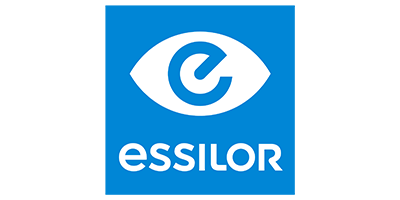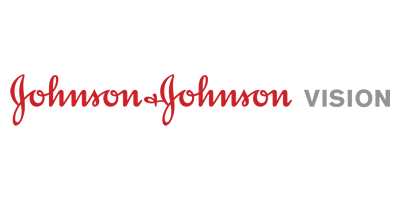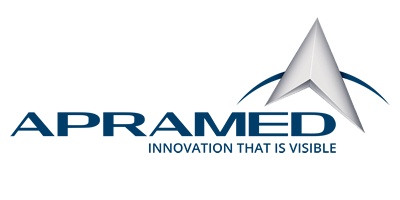
Sessão de Relato de Caso
Código
P35
Área Técnica
Pesquisa Básica
Instituição onde foi realizado o trabalho
- Principal: Universidade Estadual de Campinas (UNICAMP)
Autores
- JULIANA ALBANO DE GUIMARAES (Interesse Comercial: NÃO)
- Bidossessi Wilfrid Hounkpe (Interesse Comercial: NÃO)
- Bruna Duarte (Interesse Comercial: NÃO)
- Ana Luiza Mylla Boso (Interesse Comercial: NÃO)
- Mônica Barbosa de Mello (Interesse Comercial: NÃO)
- Mônica Alves (Interesse Comercial: NÃO)
Título
GENE EXPRESSION STUDIES HIGHLIGHTS POTENTIAL PATHWAYS IN THE PATHOGENESIS OF PTERYGIUM
Objetivo
Pterygium is a common ocular surface condition. The precise identity of critical triggers and the hierarchical relationship between pathogenetic elements are not yet elucidated. Meta-analysis of gene expression studies represents a novel strategy capable of identifying key pathogenic mediators and therapeutic targets in complex diseases.
Método
Samples from 15 patients were collected during surgery after photodocumentation and clinical characterization of pterygiums. Gene expression experiments were performed using Human Clariom D Assay gene chip. A meta-analysis including our study and recent gene expression studies available at Gene Expression Omnibus public repository was performed with Inmex bioinformatics tool. Differentially expressed genes (DEG) were identified and ranked based on the RankProd package. Gene set analysis using more than 60 libraries was performed using EnrichR. Transcription factor, kinase enrichment and pathway cluster analysis were performed using appropriate bioinformatics tools.
Resultado
The meta-analysis identified 154 up and 58 down-regulated genes. A gene set analysis with the top up-regulated DEG evidenced an overrepresentation of pathways associated with remodeling of extracellular matrix, as well as formation of cornified envelope and unsaturated fatty acid metabolic process (fig1). The miRNA-mRNA target prediction network, reconstructed based on the set of up-regulated DEG presented in the gene ontology and biological pathways network, showed that 17 target genes were negatively correlated with their interacting miRNAs from the Brazilian cohort expression data (fig2). Differential expression comparing active pterygium with atrophic pterygium using data generated from the Brazilian cohort identified DEG between the two forms of presentation of this condition (fig3).
Conclusão
Our results reveal DEG not only in pterygium, but also in active pterygium when comparing to atrophic pterygium. New insights in relation to pterygium’s pathophysiology and molecular targets for therapy are suggested.
















